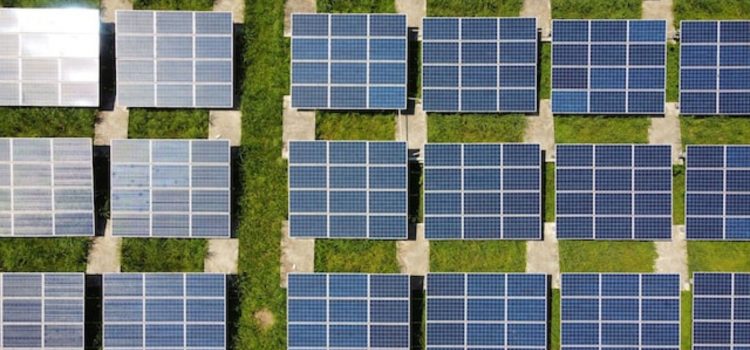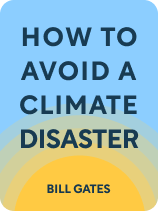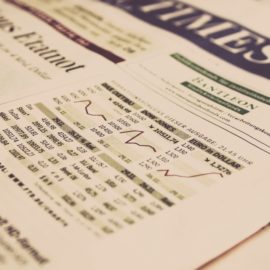

This article is an excerpt from the Shortform book guide to "How to Avoid a Climate Disaster" by Bill Gates. Shortform has the world's best summaries and analyses of books you should be reading.
Like this article? Sign up for a free trial here.
Is solar power a viable energy alternative? What are the biggest limitations of solar energy?
Solar power is one of the most widely used and growing renewable energy sources. However, in and of itself, it’s not logistically and economically feasible to use solar power as the main energy source on a global scale.
In this article, we’ll look at the main problems with solar energy.
Limitations of Solar Energy
Solar power has obvious appeal in that the sun is an unlimited source of energy, and solar panels can be scaled up to industrial size and down to individual homes and businesses or even tiny cells that can charge a single device. However, Gates highlights two problems with solar energy:
Efficiency
Gates explains that at current efficiency levels, solar takes up between five and 50 times more space than fossil fuels. This limitation is especially significant considering that land devoted to solar energy production won’t be available for other uses like farming and housing.
(Shortform note: One way to address solar’s space-efficiency problem is to change where we put solar panels. The United States only puts 2.5% of large-scale solar projects in urban areas. The rest are in deserts, cropland, grassland, and forests, where they disrupt local ecosystems and preclude other land uses. A promising alternative is to put large solar facilities in existing parking lots where they can generate power near where it’s needed, save space, and provide shade in areas that can otherwise be extremely hot.)
Discontinuous Availability
Gates notes that one of the biggest challenges in carbon-less electricity generation is the public’s expectation that electricity will be reliably available 24/7. Unlike fossil fuels that generate energy day or night, solar panels only produce electricity when the sun is shining, meaning less power is available at night, during long or especially heavy storms, and during winter.
The challenges of discontinuous solar availability add to the complexity of a large-scale switch to solar. For example, Gates notes that it isn’t feasible or economical to use existing battery technology to store the huge amounts of energy cities would need during especially dark periods. Additionally, the uneven distribution of sunlight throughout the year creates the problematic question of whether to invest in enough solar panels for the winter (in which case you’d have too much power during the summer) or summer (in which case you wouldn’t have enough power in the winter).
(Shortform note: Space-based solar power is a futuristic yet potentially viable option for addressing solar intermittency issues. Since sunlight is constant in space, scientists from the US, UK, China, and Japan, among others, are working on ways to have satellites in outer space collect solar energy and beam it wirelessly back to Earth. Some think this technology might be viable within the next decade.)
Technology coupled with strategic pricing can help address the challenges of discontinuity. For example, “smart homes” could be outfitted to use electricity to charge electric vehicles, heat water, and perform other tasks during off-peak hours, such as late at night. Additionally, Gates notes that utility companies could start charging more for electricity during peak hours to create an incentive for people to restructure their energy use based on availability.
(Shortform note: Americans collectively waste $130 billion of energy around their homes yearly. Since heating and cooling represent the bulk of residential energy use, smart home technology can be especially helpful in reducing energy waste and lowering heating and cooling bills.)

———End of Preview———
Like what you just read? Read the rest of the world's best book summary and analysis of Bill Gates's "How to Avoid a Climate Disaster" at Shortform.
Here's what you'll find in our full How to Avoid a Climate Disaster summary:
- Bill Gates's technology-based strategies for reducing global carbon emissions
- The challenges and limitations that come with fighting climate change
- The roles governments, private entities, and individuals must play to save the planet






